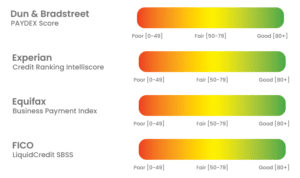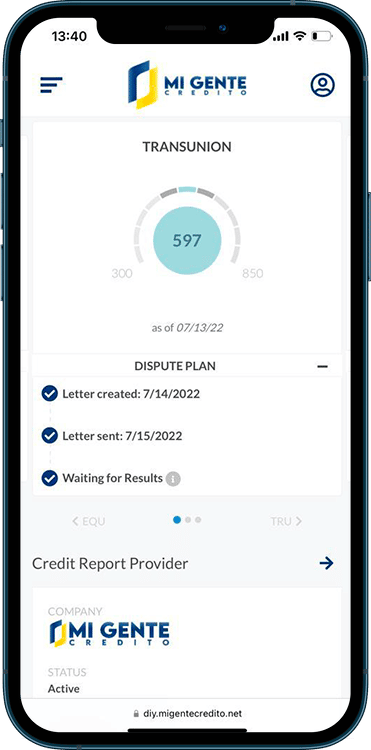Buying a home is one of the largest investments the average worker can make. However, the median income needed to buy a home can vary greatly from city to city.
So we set out to find out where the American dream of homeownership is still possible for the average worker and where it is simply out of reach. First, we found out the average cost of housing. From there, we determine the monthly mortgage amount and the minimum wage needed to afford it.
The greater the negative difference between the salary needed to buy a home and the median income, the less affordable home ownership is.
What is the result? Homeownership is simply out of reach for the average worker in many cities. In fact, of the 175 cities surveyed, 51 have a median income below the median income needed to afford homeownership. At the same time, the U.S. Census shows that only 66% own their home.
You can see a breakdown of how much it takes to afford a home in each major city (and how we determined it), but first we break down the most (and least) affordable cities to buy a home.
Summary of research on income to buy a home.
The least affordable U.S. city is Los Angeles, California, where the median home costs $642,400, but the median income is only $62,142.
The most affordable U.S. city is Detroit, Michigan, where the median home costs only $66,300. The city with the most expensive housing in the U.S. is San Francisco, California, where the median home costs $1,118,200. Iowa is the most affordable state to buy a home, with a median price of $147,800 and a median household income of $79,500.
Buying a home is one of the largest investments the average worker will make. However, the median income needed to buy a home can vary widely from city to city.
So we set out to find out where the American dream of homeownership is still possible for the average worker and where it is simply out of reach. First, we found out the median cost of housing. From there, we determine the monthly mortgage amount and the minimum wage needed to afford it.
The greater the negative difference between the salary needed to buy a home and the median income, the less affordable home ownership is.
What is the result? Homeownership is simply out of reach for the average worker in many cities. In fact, of the 175 cities surveyed, 51 have a median income below the median income needed to afford homeownership. At the same time, the U.S. Census shows that only 66% own their home.
Top 10 cities that are the least affordable cities to buy a home in the U.S.
Los Angeles, California.
San Francisco, California.
Honolulu, Hawaii.
New York, New York.
Oakland, California.
Long Beach, California.
Miami, Florida.
Huntington Beach, California.
Anaheim, California.
San Jose, California.
As you might expect, buying a home in California can be expensive. California cities, along with notoriously expensive cities like Honolulu and New York, dominate the list. While San Francisco has the most expensive home prices, Los Angeles residents earn on average only $62,142, about half of what the average San Franciscan earns. This is well below the $130,157 needed to afford a home.
Where is the grass greener when it comes to housing affordability? Or, at least, does it take less to become a homeowner?
The 10 cities that are the most affordable to buy a home in the U.S.
Detroit, Michigan.
Akron, Ohio.
Toledo, Ohio.
Fort Wayne, Indiana.
Fishers, Indiana.
Pearland, Texas.
Cedar Rapids, Iowa.
Lee’s Summit, Missouri.
Cleveland, Ohio.
Grand Prairie, Texas.
Midwestern cities remain one of the most affordable places to own a home. Low housing costs and reasonable wages create an economic situation where homeownership is very feasible.
How much income do you need to buy a home?
Are you looking for a home but wondering what your price range should be? You don’t have to go to a lender who checks your credit to get a rough idea. You can use a simple formula and crunch the numbers yourself.
Understand your debt-to-income ratio
Debt-to-income ratio (DTI) is the amount of debt you have in relation to the amount of money you earn. It would be calculated as follows if your gross monthly income is $5,000 and you owe $2,000 a month for debt expenses:
$2,000 (monthly debt) / $5,000 (monthly gross income) = 40% (DTI).
Mortgage lending studies have shown that borrowers with a higher DTI tend to have more trouble making their mortgage payments. Therefore, lenders will calculate your DTI to determine how much home you can comfortably afford when you’re thinking about buying a home.
But they won’t just look at your total DTI. Lenders also look at the ratio of your housing-related debt to your gross income. If you pay $1,650 a month for all housing-related expenses and your gross monthly income is $5,000, the housing-related debt-to-income ratio would be as follows:
$1,650 (monthly housing expenses) / $5,000 (monthly gross income) = 33% (housing DTI).
DTI requirements for mortgages
The amount of income you will need will depend on the loan program, loan term, interest rate and down payment. FHA-backed loans require that your total housing debt be at or below 31% of gross income. Your total debt cannot exceed 43% of your total gross income.
Fannie Mae, a government-sponsored enterprise (GSE), has a maximum total DTI ratio of 36%. Fannie Mae allows a total DTI of up to 45% if the borrower meets other credit score and reserve requirements.
Freddie Mac, another GSE that finances mortgage loans, has a maximum housing expense ratio of 28% and a maximum DTI of 36%, up to 45% if the borrower meets credit score and other requirements. Using our mortgage calculator to calculate estimated monthly payments, here are some examples if you are buying a home priced at $374,900.
Your estimated monthly payment would be $2,461 if you decide to go with an FHA loan, put 3.5% down, sign a 30-year contract and get an APR of 3.5%. That includes principal, interest, property taxes, homeowner’s insurance and private mortgage insurance (PMI). The FHA only allows your housing debt to represent 31% of your income, so your pre-tax income would have to be at least $7,940 per month and $95,283 per year to buy a $374,900 home.
Your housing expense ratio could be capped at 28% if you opt for a conventional loan financed by Freddie Mac, put 3% down, sign a 30-year contract and get an APR of 3.5%. You would need a pre-tax income of $8,825 per month and $105,900 per year to buy the same $374,900 home. The tightening of DTI requirements translates into a higher income requirement.
The effect of the down payment
The amount of the down payment will affect the amount of pre-tax income you will need, as it will either increase or decrease the amount of the loan.
The FHA program requires a down payment of at least 3.5%, but you will have to put 10% down if your credit score is between 500 and 579.6 You will need to put at least 20% down to avoid paying PMI on a conventional loan.
Here’s what you can expect to put down on a $374,900 home with each of the down payment options:
FHA 3.5% down payment: $13,122
FHA 10% down payment: $37,490
Conventional 20% down payment: $74,980
You can calculate the minimum down payment amount by multiplying the down payment requirement of your loan program by the sales price of the home.







